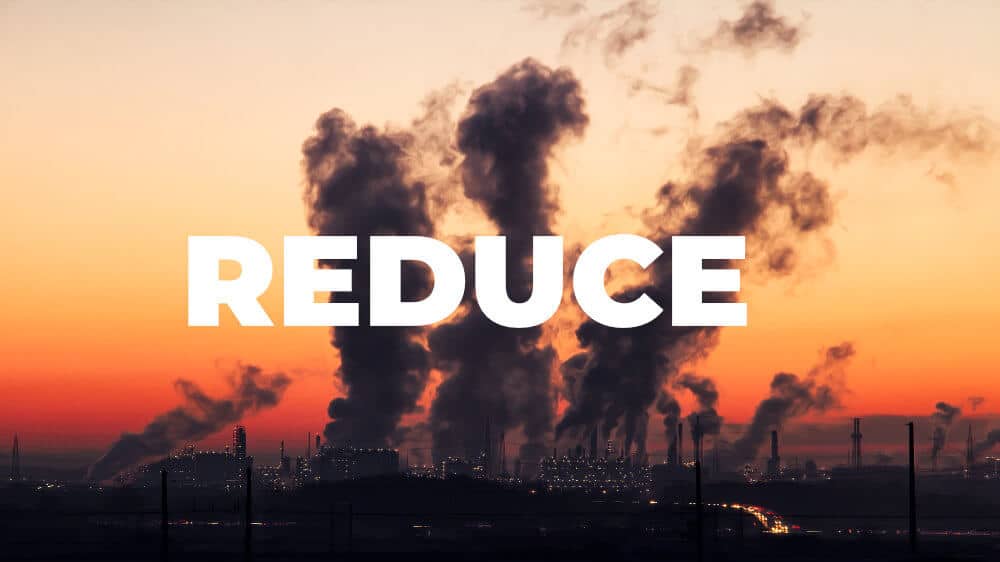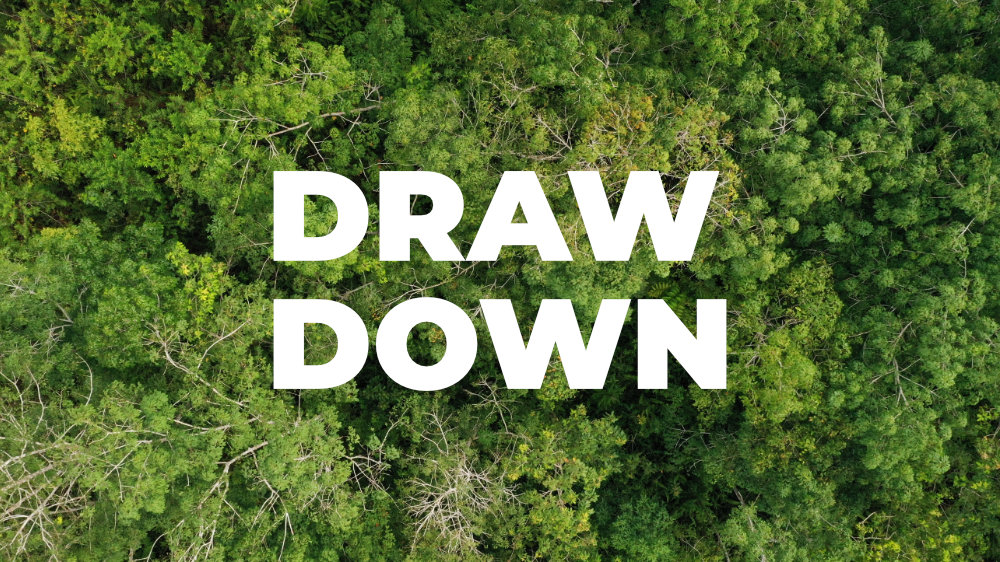Why Trees?
Tackling the climate crisis is the most pressing challenge of our time, and our handling of the greenhouse gas carbon dioxide (CO₂) plays a key role in this. Simply, the more of it is in our atmosphere, the warmer it gets on our planet. Since the industrial revolution, the concentration of atmospheric CO₂ has been steadily rising faster. We are clearly witnessing the consequences; today, the Earth is about one degree (Celsius) warmer than it was at the end of the 19th century, causing a rise in sea levels, a greater frequency of extreme weather conditions, destruction of habitats, and a growing scarcity of food.
Scientists expect this trend to continue. Nevertheless, we are not powerless in the face of these developments. But we must act urgently now:
The first, and perhaps most obvious, strategy is to drastically reduce our CO₂ emissions.
Politics and business reserve the greatest influence on this route. But each one of us can contribute to counteracting the climate catastrophe with a conscious lifestyle.
Reducing carbon emissions alone is not enough to achieve the goals stated in the Paris Climate Agreement. That is why we must actively remove CO₂ from the atmosphere.
This is where the so-called “carbon sinks” come into play. These are natural reservoirs that absorb and store CO₂ from the atmosphere.
Trees have real super powers!
Earth’s various ecosystems offer us a variety of so-called nature-based solutions. These ecosystems draw CO₂ from the atmosphere and, thus, support us in mitigating climate change. These include marshes, oceans – and forests!
A study by ETH-Zurich has shown that 900,000,000 hectares of land are available for reforestation worldwide – without restricting our existing infrastructure or agriculture. This is roughly 25 times the area of Germany. Trees have numerous other benefits besides the positive effect on our climate:
Effective Carbon Storage...
... from trees ...
Thanks to the process of photosynthesis, CO₂ is stored in trees. The chemical reaction of water (H₂O) and carbon dioxide (CO₂) creates new biomass consisting mainly of carbon and produces oxygen (O₂).
The carbon stock of a tree is distributed throughout its organism. A portion is located below ground in the roots and soil, but carbon is also stored in the trunk, branches, and leaves. You can explore the percentage distribution in our interactive graphic.
Distribution of carbon in a tree
Data source: Ohio Sea Grant

... to buildings
Much of the carbon is stored in timber. If a tree dies in a forest fire or rots due to its age, this carbon is released back into the atmosphere in the form of CO₂.
However, by using timber in the construction sector, we can replace emission-intensive materials such as steel and cement – keeping the CO₂ bound in the long term.
Make your inbox a little greener!
Stay up to date with our quarterly newsletter.







